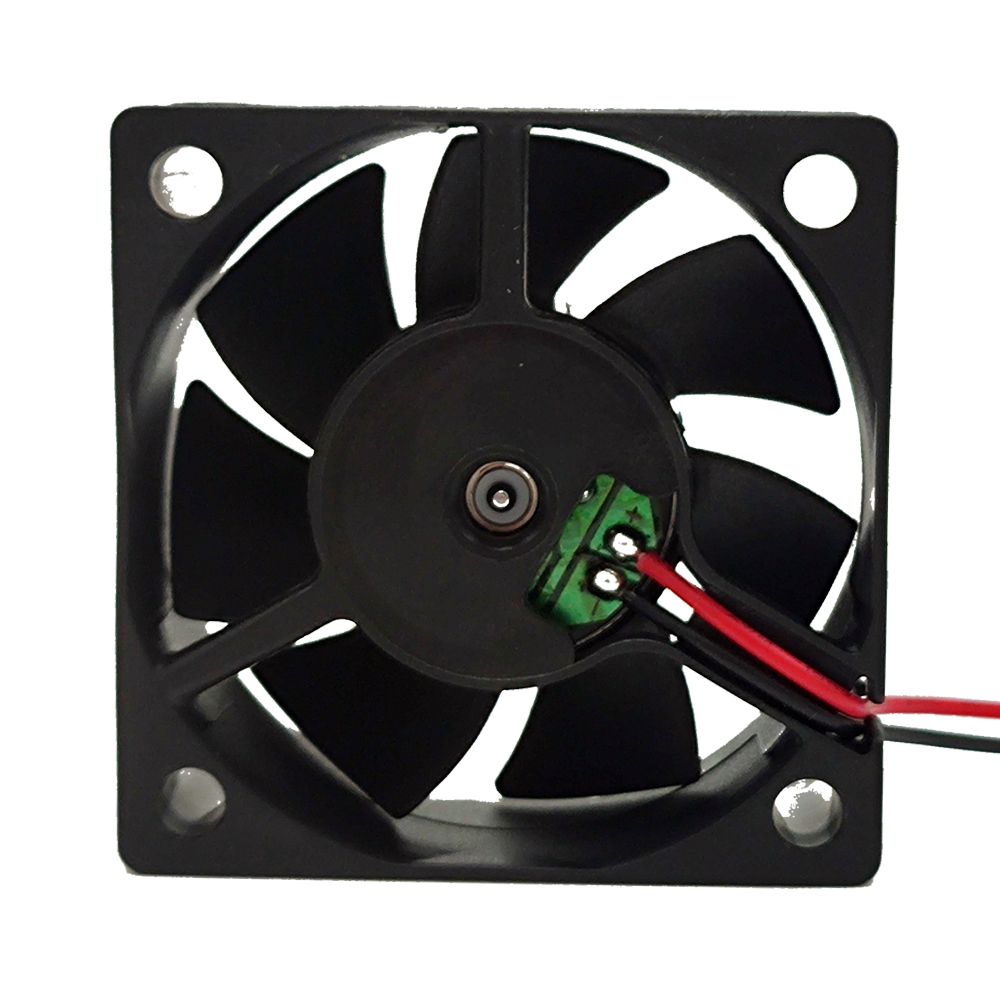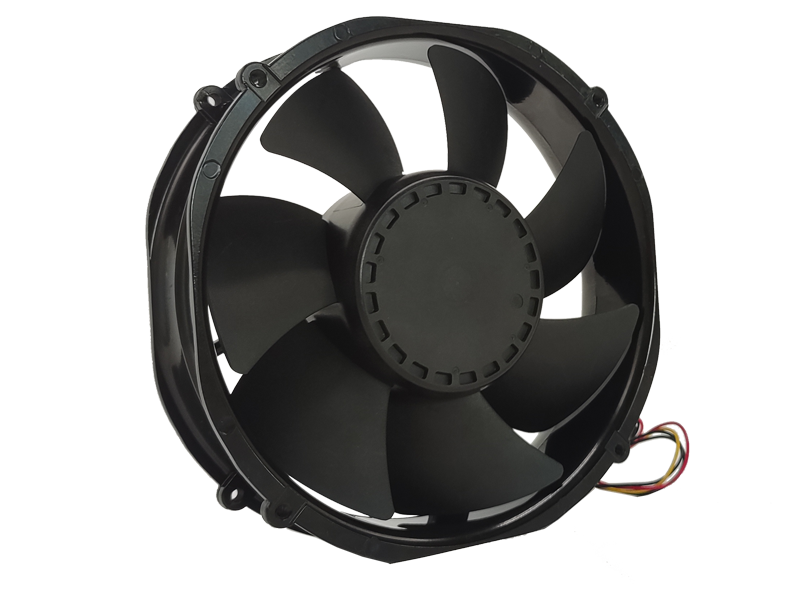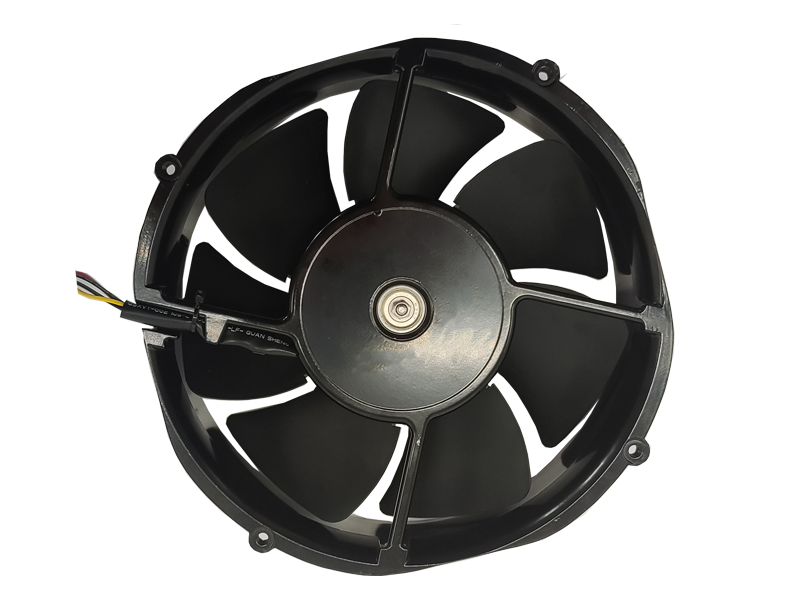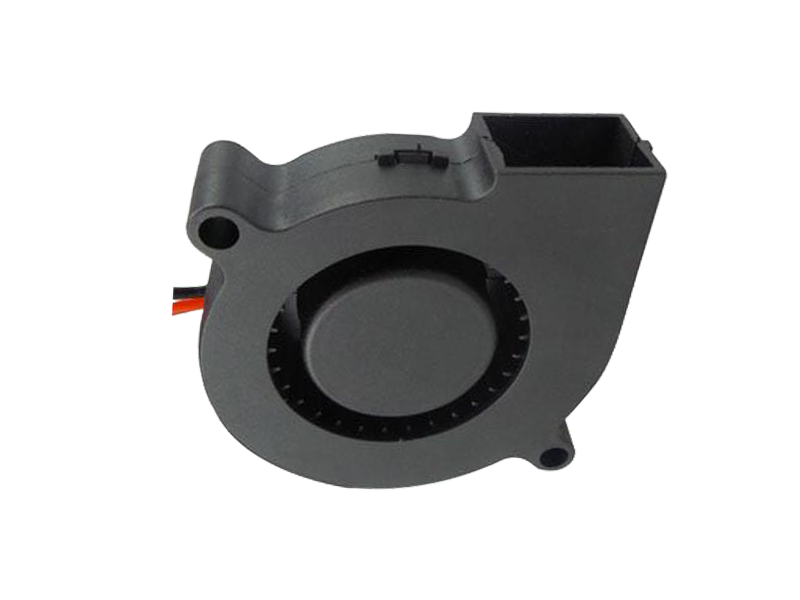Industrial fans have been around for centuries, playing an essential role in maintaining airflow and ventilation in factories, warehouses, and large-scale facilities. However, as technology continues to evolve, so too does the design and functionality of industrial fans. What was once a simple mechanical device designed to move air has now become a sophisticated product, incorporating cutting-edge technologies to meet the needs of modern industries.
In this article, we will explore the evolution of industrial fans, from their traditional roots to the high-tech solutions available today. We will also discuss how product manufacturers can leverage new technologies to improve fan performance, energy efficiency, and overall value.
I. The Traditional Industrial Fan
The traditional industrial fan has been around for more than 100 years, primarily relying on mechanical components like blades, motors, and casings to generate airflow. These early fans were primarily designed for basic ventilation and cooling applications, and their design was relatively simple.
Basic Construction
Traditional industrial fans typically featured large, heavy-duty motors and blades that were either directly connected to the motor or driven by belts. The fan's primary function was to move air from one area to another, either to cool down machinery or maintain airflow in large open spaces like factories.
Limited Energy Efficiency
Early industrial fans were not optimized for energy efficiency, and their high power consumption made them expensive to operate. The motors used in traditional fans were typically single-speed, meaning the fan would run at full power regardless of the actual need for airflow. This often resulted in wasted energy, especially when the fan wasn't required to operate at full capacity.
Durability Concerns
Early fans were designed for durability but often lacked features to ensure longevity in harsh industrial environments. Components like bearings and seals could wear out quickly, especially when exposed to dust, moisture, and other environmental factors.
II. The Emergence of Advanced Technologies in Industrial Fan Design
As industries grew and technology advanced, the design of industrial fans began to incorporate new features aimed at improving efficiency, reducing noise, and extending product lifespan.
Energy-Efficient Motors
One of the most significant advancements in industrial fan design has been the introduction of energy-efficient motors. These motors consume less power while delivering the same or better airflow than traditional motors. Permanent magnet motors (PMMs) and electronically commutated motors (ECMs) are examples of energy-efficient motors that have revolutionized industrial fan design.
These motors adjust their power output depending on the demand for airflow, resulting in significant energy savings over time. As energy costs continue to rise, these motors have become a crucial component in fan design.
Variable Speed Drives (VSDs)
Variable speed drives (VSDs) have been another breakthrough in industrial fan technology. VSDs allow fans to adjust their speed based on the required airflow, ensuring that the fan is only using the amount of power necessary for the task. This flexibility reduces energy consumption and wear on the motor, ultimately extending the fan's lifespan.
VSDs have made it possible for fans to operate more efficiently in dynamic environments, where airflow needs can fluctuate throughout the day.
Smart Fans and IoT Integration
The rise of smart technologies has made its way into industrial fans. Today, many industrial fans are equipped with IoT sensors that allow for real-time monitoring of various performance metrics, including airflow, temperature, and motor health.
IoT integration enables operators to track the health of the fan remotely, providing early alerts about potential failures or maintenance needs. This not only reduces downtime but also allows for predictive maintenance, where parts can be replaced before they fail completely, avoiding costly repairs.
III. The Future of Industrial Fans: AI and Sustainability
The future of industrial fans lies in further technological advancements and a greater focus on sustainability.

AI-Powered Fan Optimization
Artificial intelligence (AI) is expected to play a significant role in the future of industrial fan design. AI-powered algorithms can analyze real-time data from IoT sensors to predict changes in airflow needs and automatically adjust fan settings to maximize efficiency.
This type of optimization can help reduce energy consumption further while ensuring that fans operate at peak performance levels at all times. AI could also allow for more personalized fan control, with systems learning to adapt to specific environmental conditions and usage patterns.
Sustainability and Eco-Friendly Design
With increasing emphasis on sustainability, future industrial fans will likely incorporate more eco-friendly materials and energy-efficient technologies. Manufacturers are already moving toward using recyclable materials and reducing the environmental impact of production processes.
Additionally, as energy consumption becomes an even more critical concern, fans will continue to evolve to provide greater energy savings while reducing carbon footprints. Fans designed with sustainability in mind will likely become the industry standard in the coming years.
IV. Conclusion
The evolution of industrial fans from their traditional roots to the high-tech solutions of today reflects the growing demands of industries for greater efficiency, performance, and sustainability. Advances in energy-efficient motors, variable speed drives, IoT integration, and AI technology have significantly improved the design of industrial fans, allowing them to meet the needs of modern industries. As we look to the future, sustainability and continued innovation will likely be the key drivers in the development of industrial fans, shaping a more energy-efficient and environmentally friendly industry.
Recommended Products

The main purpose:Car charging station

The main purpose:Car charging station

The main purpose:Electronic refrigerators, water dispensers, direct drinking machines, inverter power supplies
Address:No. 4137, Longgang Avenue (Henggang Section), Henggang Community, Henggang Street, Longgang District, Shenzhen
hotline:13530005572(Chen)15112579390(Li)


Welcome all friends to come for consultation and negotiation.
Copyright 2024 @ Shenzhen Youneng Xinyuan Electronics Co., Ltd.,(industrial fans,industrial blowers,axial fans,cooling fans manufacturer,centrifugal fans,ac cooling fans,dc cooling fans)